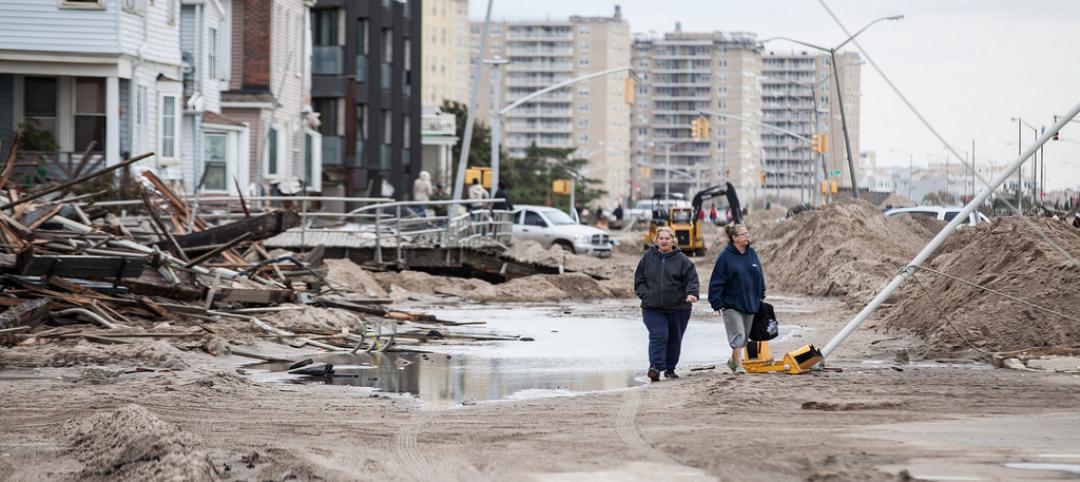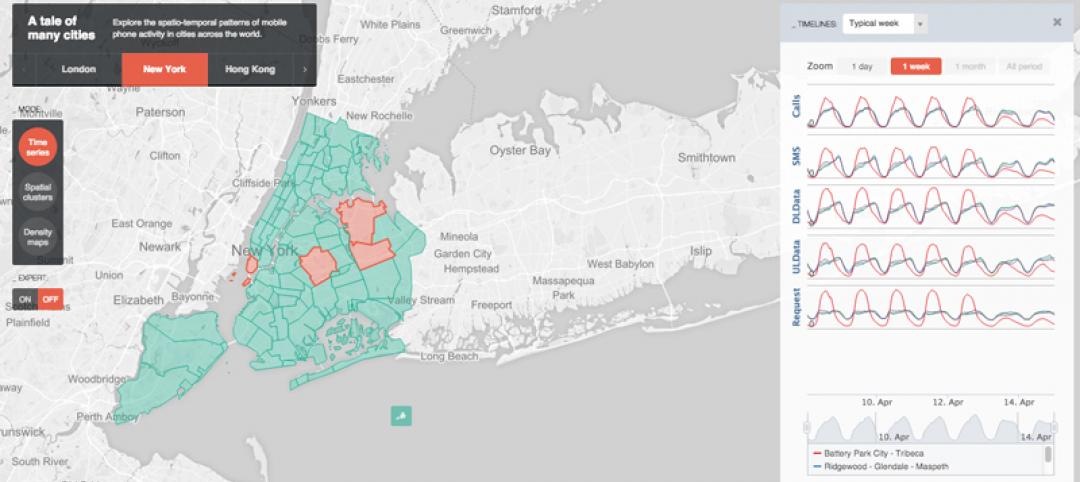A key component in strengthening cities and preparing them for stronger urban futures is ensuring our civic and political leaders fully understand their facility assets. Cities own scores of buildings and need to collect and leverage data as they plan, build and make decisions amidst complex economic, social, and political factors.
Over the past few years, the city of Buffalo has developed a cutting-edge facility management program to ensure it is utilizing its facilities and operations as efficiently, effectively and sustainably as possible.
Given the challenges facing Buffalo—dated processes, aging buildings and infrastructures, and building deficiencies—are challenges facing many North American cities, here are some key steps other civic leaders should be taking to maximize their facility resources.
ASSESS
Facility Condition Assessments (FCA) are the first step every city should take in rethinking their facility management efforts. It is imperative civic leaders understand the state of these facilities, current-use metrics and the funding requirements for repairing buildings and/or keeping them up to code. The city of Buffalo hired a team of professionals to execute assessments for more than 4 million sf of city-owned facilities including fire, police, cultural and sports buildings.
“The data derived from this series of assessments gives the city the information needed to ensure funding is spent accurately and strategically, said Steve Stepniak, city of Buffalo Commissioner of Public Works.
AUTOMATE
A critical step in launching a modern facility management program is automating systems. Cities lacking automated work orders and all-CAD drawings with no automated process for planning and programming must evolve.
Cities should invest in the creation of AutoCAD floor plans and document management systems to issue and retrieve drawings via a web platform. Additionally, the City of Buffalo created a computerized maintenance management system to track system repairs and costs and provide budget numbers to justified requests, custom reports and enhanced interface options.
PLAN
Every city and municipality in the country is currently engaged in planning for the short and long-term. This planning is vital and cities need to ensure their maximizing these efforts by leveraging the data collected during the assessment phase.
The city of Buffalo is leveraging its data through a more informed planning model. The city created a new budgeting tool to establish the funding requirements to maintain or improve the Facility Condition Index (FCI) of all buildings and also implemented a new programming process that allows the division of buildings to focus recapitalization on operational priority buildings and critical systems. Buffalo’s investment in these resources strengthens their planning efforts moving forward.
IMPLEMENT
Once data is collected and the plans made, civic leaders need to turn their ideas into action. It becomes much easier to convince others of the value of key facility decisions when they are supported by data. Those with opposing views can argue the merits of ideas, but it’s nearly impossible to dispute facts revealing cost savings and efficiencies gained.
The city of Buffalo is already well into the implementation of the plans and realizing significant value. The lessons and best practices learned through the City of Buffalo’s experience can be leveraged across all cities and help leaders make valuable, strategic decisions moving forward.
“That what the city of Buffalo now has – a basis for decision making. The data derived from these assessments inform us about the condition of each facility and the related costs,” added Stepniak. “Now, we can make the decision that best achieves current and long-term objectives.”
About the Author
Joseph Cassata is the leader of CannonDesign’s Facility Optimization Solutions team, focused on helping cities and organizations manage their facilities and resources more efficiently, effectively and sustainably. www.CannnonDesign.com/FOS
Related Stories
Smart Buildings | Dec 1, 2015
LEED Steering Committee approves resiliency pilot credits
Three credits address planning, design, and survivability.
Smart Buildings | Nov 30, 2015
New neighborhoods in Hamburg, Germany resilient to flooding, carbon neutral
Mixed-use areas built on brownfields and derelict districts.
Smart Buildings | Nov 13, 2015
Miami Beach making plans to cope with rising sea levels, flooding
The city has turned to sea walls, raised streets, and pumping stations.
Smart Buildings | Nov 11, 2015
No eyes on the road: The impact of driverless vehicles
The idea that space can be repurposed by breaking dependence on the purchase, maintenance, and storage of a big machine is a great boon for the sustainable future of cities, writes SmithGroupJJR's David Varner.
Smart Buildings | Nov 9, 2015
White paper promotes incentives for improved disaster resilience
The white paper makes the case that the most cost-effective manner to achieve resilience is through a holistic and integrated set of public, private, and hybrid programs.
Smart Buildings | Nov 5, 2015
JLL names 10 emerging world cities
Mexico City, Shanghai, Istanbul, and seven other world-class cities have experienced rapid economic growth and real estate development.
Cultural Facilities | Oct 28, 2015
New York City’s underground 'Lowline' green space enters the testing phase
If realized, The Lowline would provide 1.5 acres of green space for the Lower East Side of Manhattan.
Seismic Design | Oct 22, 2015
Taipei 101 tower named 'world's toughest' building by Popular Mechanics
Popular Mechanics named the 10 structures that best withstand floods, winds, storms, and earthquakes.
BIM and Information Technology | Oct 19, 2015
New web tool from MIT organizes human movement in interactive graphs
Users can explore the mobile phone activities in London, New York, Los Angeles, and Hong Kong.
Smart Buildings | Oct 8, 2015
Brookings announces the Bass Initiative on Innovation and Placemaking
The think tank's goal is to stress public spaces, urban economies, and inclusive growth in city building.

















